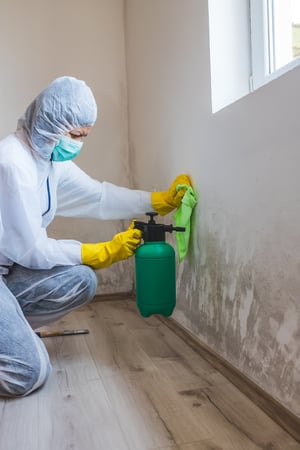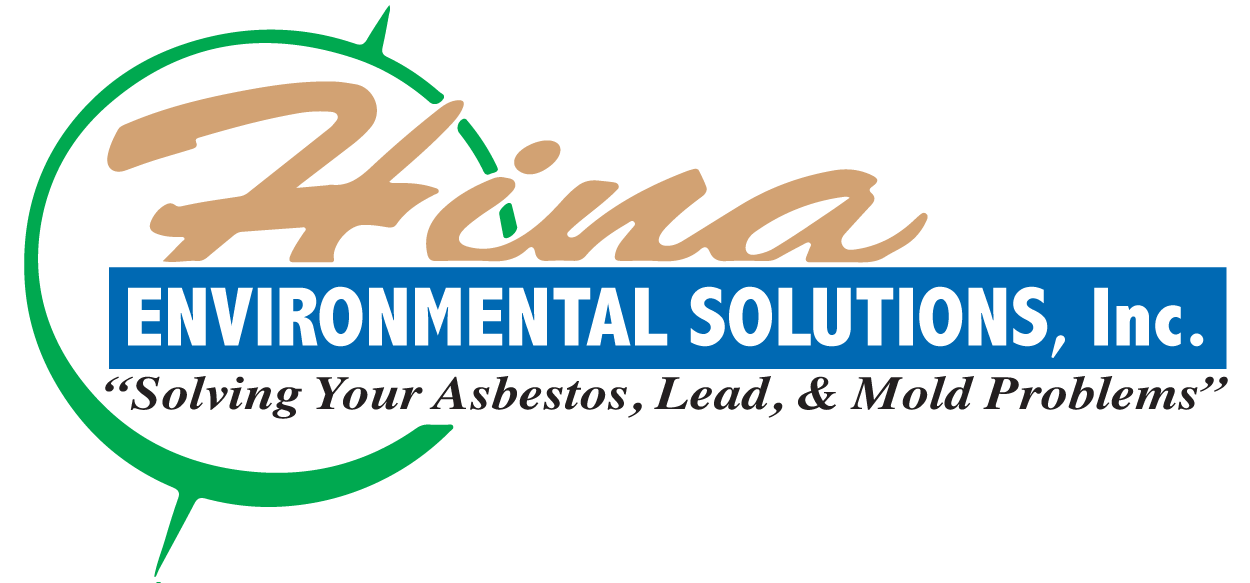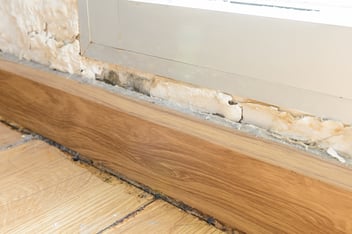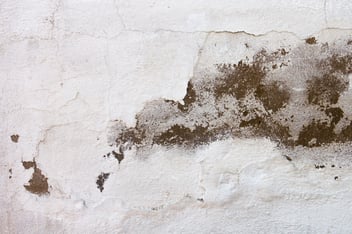How Long Does Mold Remediation Take? A Guide to Effective Mold Removal
Mold is a common problem in many households and commercial properties, and its presence can pose significant health risks and property damage. When faced with a mold infestation, one of the first questions that often comes to mind is, "How long does mold remediation take?" The duration of mold remediation can vary depending on several factors, including the extent of the mold growth and the specific remediation methods employed. In this blog post, we will delve into the process of mold remediation, how long it typically takes, whether there is upkeep involved, and why to hire professionals for mold remediation.
 The Mold Remediation Process
The Mold Remediation Process
Mold remediation is the process of identifying, containing, and eliminating mold from a property. It involves several crucial steps to ensure that the mold problem is effectively resolved. Here's an overview of the typical mold remediation process:
-
Initial Assessment: The first step in mold remediation is to assess the extent of the mold infestation. This includes identifying the type of mold, the affected areas, and the source of moisture that is promoting its growth. This assessment is crucial in developing an effective remediation plan.
-
Containment: To prevent the spread of mold spores to uncontaminated areas, containment is essential. This often involves sealing off the affected area with plastic sheeting and using negative air pressure to ensure that mold spores do not escape.
-
Removal of Contaminated Materials: Mold can grow on various surfaces, including drywall, insulation, and flooring. Contaminated materials that cannot be salvaged are removed and properly disposed of.
-
Cleaning and Disinfection: The remaining surfaces are thoroughly cleaned and disinfected to remove mold and prevent its return. Specialized cleaning agents and techniques are used to ensure that mold is effectively eliminated.
-
Drying: Addressing the source of moisture is crucial in mold remediation. After cleaning, the affected area is dried to prevent further mold growth. Dehumidifiers and fans may be used to expedite the drying process.
-
Post-Remediation Assessment: After remediation, a final assessment is conducted to ensure that the mold problem has been successfully resolved. This may involve air quality testing to confirm that mold spore levels are within acceptable limits.
How long does mold remediation take?
The time needed for mold removal varies based on the problem's size and complexity. For instance, fixing a small mold issue in a bathroom or kitchen might take a few days. In contrast, if mold has spread across multiple rooms or an entire building, it could take several weeks. Several factors influence the time required for mold remediation.
First, the size and extent of the mold problem matter. Larger areas take longer to clean thoroughly. Also, certain types of mold, like black mold, are harder to get rid of and require extra time and effort. Second, where the mold is located affects the timeline. Mold hidden in hard-to-reach spots or within walls can prolong the process because it's challenging to access and remove. Third, environmental conditions play a role. Cold and humid weather can slow down drying, extending the overall remediation period. Lastly, local regulations may add time as you might need permits and have to follow specific guidelines during and after the mold removal process.
 Is there upkeep involved after mold remediation?
Is there upkeep involved after mold remediation?
Once mold remediation is completed successfully, it is essential to take steps to prevent future mold growth. This typically involves ongoing maintenance and monitoring to ensure that the conditions conducive to mold growth are addressed. Here are some tips for preventing mold recurrence:
-
Address Moisture Issues: Identify and fix any water leaks or sources of excess moisture in your property. This may involve repairing roof leaks, fixing plumbing issues, or improving ventilation.
-
Maintain Proper Ventilation: Ensure that your property has adequate ventilation, especially in areas prone to moisture, like bathrooms and kitchens. Proper ventilation helps reduce humidity levels and prevent mold growth.
-
Regular Inspections: Periodically inspect your property for signs of mold or water damage. Early detection can help prevent small issues from becoming major mold infestations.
-
Keep the Property Clean: Regular cleaning and dusting can help prevent mold spores from settling on surfaces and growing.
Hire Professionals
Mold remediation is a critical process that should be undertaken promptly when mold is detected in your property. The duration of mold remediation can vary based on several factors, including the extent of the infestation and the specific conditions of your property. To ensure that mold is effectively removed and that preventive measures are in place, it is often best to hire professionals like Hina Environmental Solutions.
If you suspect or have identified a mold problem in your home or commercial property, don't hesitate to seek professional help. Contact Hina Environmental Solutions today to schedule an assessment and mold remediation services to protect your health and property. Don't let mold linger; take action now to ensure a healthier, safer living or working environment for yourself and those around you.



